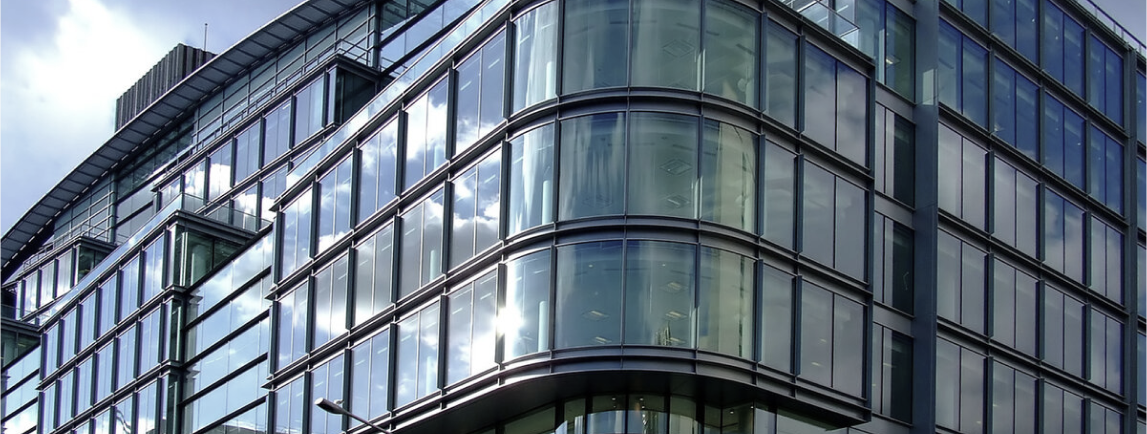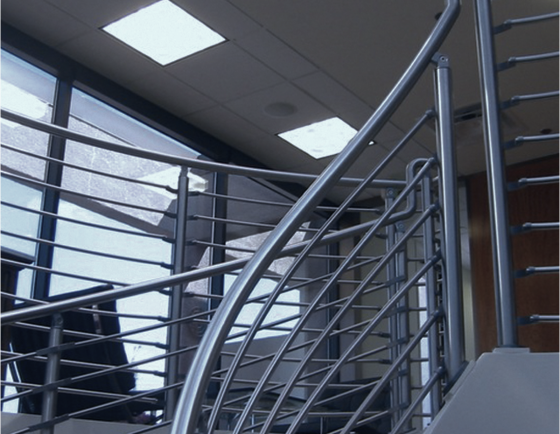Laminated Glass: Strength, Safety, and Modern Applications
Despite the apparent variety of modern technological solutions in the field of glass processing, the actual range of measures to improve the reliability and safety of

Laminated Glass: Strength, Safety, and Modern Applications
Laminated glass is one of the most reliable and safe solutions for modern architecture and interior design. Whether used in windows, doors, railings, or facades, it offers enhanced durability, impact resistance, and protection against breakage.
But what makes laminated glass such a strong and practical choice? Let’s take a closer look.
How Laminated Glass Works
Unlike standard glass, laminated glass consists of two or more layers of glass bonded together with a special interlayer—usually made of polyvinyl butyral (PVB) or ethylene-vinyl acetate (EVA). This interlayer keeps the glass from shattering upon impact, making it safer for both residential and commercial applications.
Why Laminated Glass is a Smart Choice
🔹 Safety First – If laminated glass breaks, the interlayer holds the shards in place, reducing the risk of injury. This makes it ideal for storefronts, balconies, and skylights.
🔹 Noise Reduction – The PVB interlayer acts as a sound barrier, helping to block outside noise, which is great for urban environments like Brooklyn and NYC.
🔹 UV Protection – Laminated glass filters up to 99% of harmful UV rays, protecting your interiors from fading and damage.
🔹 Enhanced Security – Since laminated glass doesn’t shatter easily, it provides an extra layer of protection against break-ins and extreme weather conditions.
The Importance of Edge Processing in Laminated Glass
One of the key steps in laminated glass production is edge processing. This process removes micro-cracks and imperfections that occur when the glass is cut, improving its overall strength.
🔸 Grinding the edges helps eliminate weak points, reducing the chances of cracks spreading.
🔸 Rounding the corners strengthens the structure, making the glass more impact-resistant.
🔸 Edge processing is completed before the glass is tempered, ensuring maximum durability.
Where to Use Laminated Glass?
Thanks to its safety and durability, laminated glass is widely used in:
✔ Glass doors and partitions – For a sleek and modern look in offices and homes.
✔ Windows and skylights – Providing extra security and noise reduction.
✔ Balconies and railings – A stylish and safe option for high-rise buildings.
✔ Shopfronts and facades – Keeping businesses protected while maintaining transparency.
Need High-Quality Laminated Glass?
If you’re looking for premium laminated glass for your project, we’ve got you covered. Contact us today to discuss your needs and get expert advice on the best glass solutions!

2025-May-20